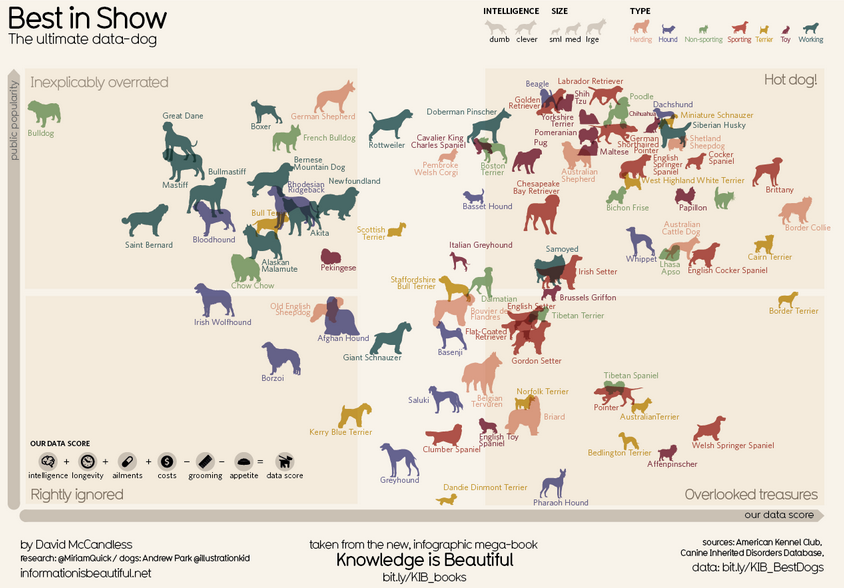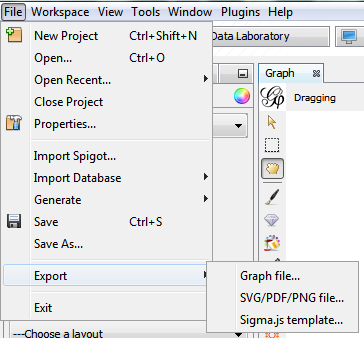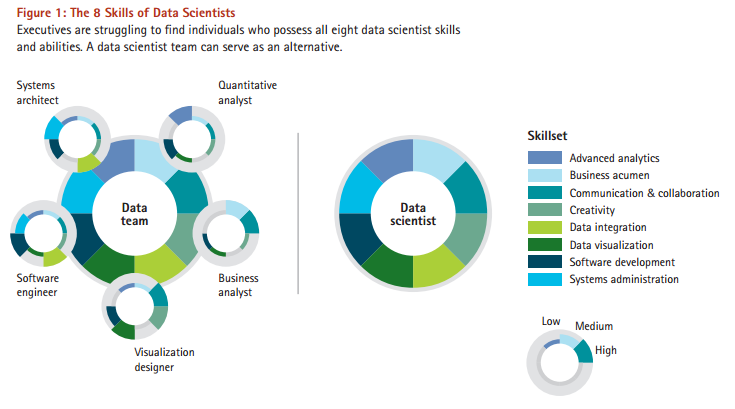Building a Data Product
" Do you have differentiation or competitive advantage? Ultimately, anyone can create analytics on commodity data. Analytics, unless they are really fantastic, don’t differentiate data products. What does differentiate is proprietary data. If you have data no one else has, and you can create useful analytics on it, you’ve got the key to long-term competitive success with data products." Some excerpts from a nice Wall Street Journal article. The articles lists down a few important questions that needs to be answered before you want to even think of venturing yourself in the data products business. Full article available here .




